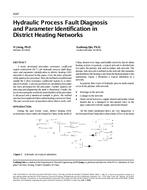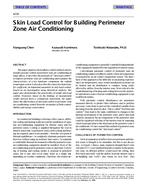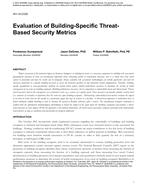Zeotropic mixtures, whose components haves different mass fractions in the liquid and vapor phases at equilibrium conditions such as R407C, ammonia with traceablewater and R-134a mixed with Mobil Arctic EAL 68 lubricating oil, are found in various HVAC and refrigeration systems. These mixtures evaporate over a temperature range, resulting in a non-linear temperature-enthalpy relationship. The non-linear relationship makes the assumption underlying widely-used Log Mean Temperature Difference and effectiveness-NTU methods invalid. This paper demonstrates simulation and design errors that can result from the application of the standard method. The effectiveness-NTU method over-predicts the increase of refrigerant temperature as comparing to experimental data. Such over-prediction can lead to large error in total heat transfer rate and vapor quality at the exit of evaporator. The standard method is also found to undersize the evaporator with ammonia-water as refrigerant. A simple energy balance method is used as an alternative solution. The results from this method have good agreement with experimental data and it may be applied to the simulation and design for heat exchangers with zeotropic refrigerant mixtures.
Citation: ASHRAE Papers: 2015 ASHRAE Annual Conference, Chicago, IL
Product Details
- Published:
- 2015
- Number of Pages:
- 8
- File Size:
- 1 file , 2.3 MB
- Product Code(s):
- D-CH-15-C038


